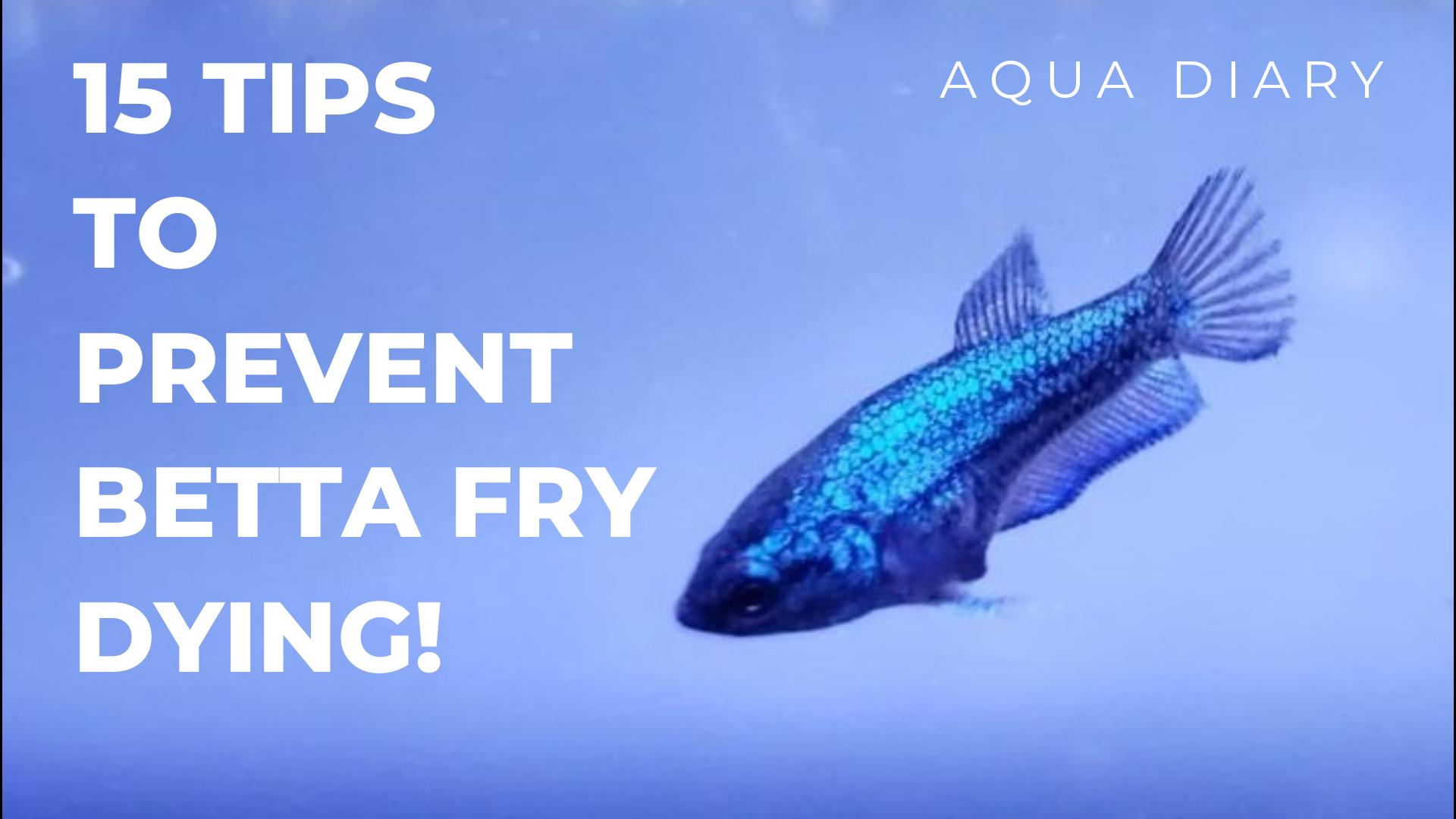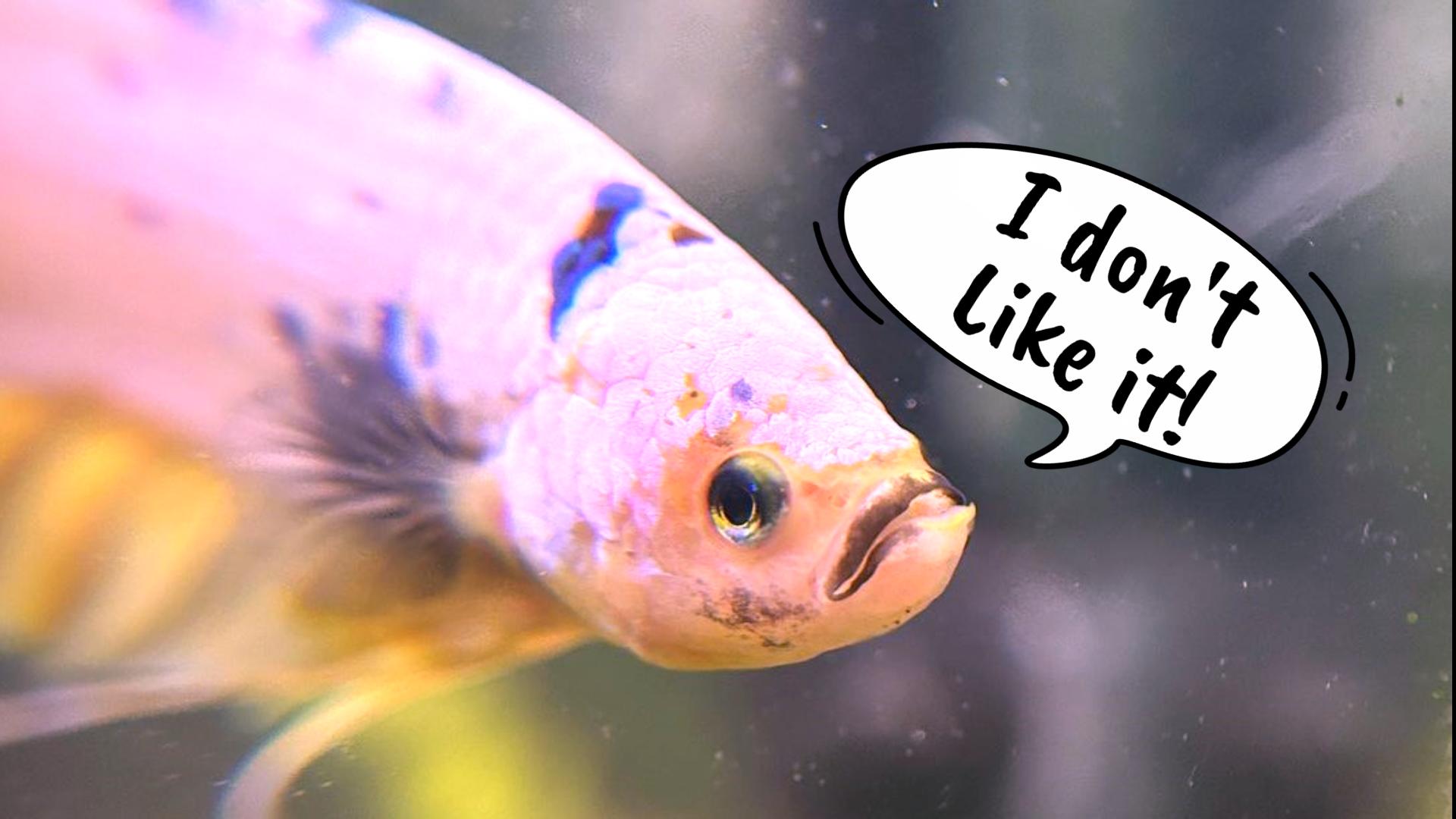These well-known freshwater aquarium fishes are normally suitable for community fish but they are known for their bullying behaviors. Let’s take a look at the top 10 freshwater aquarium bully fishes and what you can do to prevent their bullying. We are talking about fish predators & fishes that eat other fishes like Piranhas, Silver Arowana, or retail catfish which have no business in your community aquarium. to expect such fish to behave well in a community is unreasonable. Here we begin with, some of the most popular freshwater aquaria bullies and tips to handle them peacefully in the community tank.
1. Tiger Barb
The tiger barb is one of my favorite fish across fish keepers. Tiger barbs have the perfect mix of activity, bright color, and strong markings to make them attractive. Tiger barbs are named for their orange-and-black strips, but some aquarium hobbyists might say their name fits their tiger-like behavior. I can tell you that this is one of the fish that hobbyists most complain about their bullying behavior. These fish are known for being fin nippers and bullying more passive species. They can get a little aggressive in the community tank unless you keep them properly. As a result, proper planning is essential if you want to keep them in a community environment.

The key to keeping tiger barbs properly is to keep them in a group with at least 6 of them. The hobbyists who have problems with nippy tiger barbs usually have only one or two of them. Keeping a family of Tiger Barbs together can produce a stunning show in your tank. As long as tiger barbs can shoal, their fin nipping and aggression will be targeted toward their group and not toward your other fish. They chase each other around all day long, taking little nips to set up a pecking order. No damage is done because the aggression is spread evenly through the group.
2. Red-Tailed Shark – Freshwater Aquarium Bully fish
The Red Tail Shark is Highly active and naturally curious, these fish spend most of their time darting back and forth at the bottom of the tank. They like to investigate every nook and cranny of the aquarium. Visually, these fish are quite simple. However, it’s that simplicity that makes them beautiful! The entire body is covered with dark black. The only exception is the tailfin, which is a vibrant red. Many aquarium hobbyists say Red Tail Shark is not a good option for a community tank. But, As long as you are careful about what fish you keep with red-tailed sharks and provide plenty of space, they can live peacefully with other fishes.

However, there are rules. First off, keep no more than one red-tailed or similar shark in your aquarium. They just do not get along with each other — it will guarantee a fight. The red-tailed shark is also highly territorial. As it grows, so will its territory. This may be a problem in small tanks, with the fish trying to drive other fish out of their range, and there is nowhere for them to run.
3. Betta Fish – Freshwater Aquarium Bully fish
The betta or Siamese fighting fish are very territorial. but this fish can mix very well into a community. There are just a few rules. First, keep no more than one male betta per tank — males do fight to death. Females pick on each other too, though not so harshly. Also, males may kill females that are unwilling to breed.

Bettas are slow swimmers in general. like to stay quiet till the fight starts. They will be very aggressive when you put them with 2 males or some other fish with a similar color. However, Betta is very easy to care for; and not highly demanding. They do live at 76-82’F water temperature. Keep in mind. Avoid mixing them with species that share the same territories, such as gouramis. Finally, do not mix bettas with fin-nippers such as the tiger barbs, Bucktooth Tetra, or other fishes. The long fins are too tempting, and the slow speed of the bettas makes it too easy. Bettas are more at risk from the other fish in the tank than the other way around.
4. Convict Cichlid
Convict Cichlids are one of the most popular species in the Cichlid family. They’re a beautiful species that loves to stay active. The convict cichlid is known for its striking appearance – it has a silver-gray body with dark vertical black stripes. They create a look that’s similar to prisoner uniforms, which is why they have the name Convict Cichlid. In the right lighting, you might also notice some random pops of color. The fins take on an iridescent sheen, creating a sparkling spectrum of colors.
The convict is relatively peaceful—for a cichlid—and gets along with most fish. Convict cichlids are typically classified as aggressive but the problem only occurs when they are breeding. These cichlids become incredibly territorial during breeding because they care for and raise their fry – if there are other fish in the tank, they will likely be considered a threat. A pair of convict cichlids can do perfectly fine in a tank on their own or a single convict cichlid in a community tank. They do best in large tanks with plenty of hiding places. Rocks, driftwood, and artificial caves are essential for helping the fish feel safe.
5. Blue Gourami – Freshwater Aquarium Bully fish
The blue or three-spot gourami is a very popular fish but is often reported to be too aggressive. While most gouramis are very peaceful by nature, this species tends to be a little aggressive – but only around other gouramis. All gouramis are territorial. They like to claim a section of the tank, usually near the surface at the edge of some plants, and defend it. The blue gourami is usually tolerant of the other fish. So, keeping just one gourami in a community helps them get along well with everyone. Also, this fish isn’t always blue. Gold, opaline, platinum, and lavender gouramis are different color varieties of the Gouramis fish.

It tends to become a problem when there is more than one gourami in the aquarium. They see each other as competitors for the same territories, competitors for mates, or as prospective mates. The behavior is similar to that of their relative, the betta. In large aquariums, it’s less of a problem because there is more room for fish to run and hide.
Some aquarium hobbyists suggest adding enough gouramis so that none can claim or defend a territory. So, they give up and get along. It’s why the fish don’t fight much in pet store tanks. However, it’s an unnatural way for gouramis to live and is not the best way to keep them.
We do watch the blog till the end and post your comments in case of any other questions. We constantly check the comments section and reply to all questions received.
6. Chinese Algae-Eater
The Chinese algae-eater is a fraud. It doesn’t come from China, and it barely eats algae. Worse, it often feeds off the body slime of other fish, injuring or killing them. Many hobbyists end up with it as the only fish in their tank without knowing why. Who would suspect an “algae-eater” to be anything but harmless? I wish dealers would stop stocking this fish. If you have a Chinese algae-eater, there are only two things you can do to prevent it from bothering your other fish. Feed it very well to distract it, or get rid of it.
7. Skunk Loach – Freshwater Aquarium Bully fish
The skunk loach also sells under several other names: skunk botia, Hora’s loach, dwarf skunk loach, and others. It’s a cute little fish, growing to about 4 inches. Sadly, it often becomes nippy. Many hobbyists have no trouble with it at all if it is kept well-fed and fat. Others find it to be nothing but a nippy sociopath. If your fish causes trouble, try feeding it heavier with sinking pellets. Should that not work, there will be no choice but to remove the fish from the tank.
8. Angelfish
Who would ever expect an angel to be a devil? In most cases, angelfish are indeed angels. They mix very well in a community aquarium—as long as you don’t mix them with fish that will nip their long, delicate fins. And I highly recommend these fish—angelfish is an all-time favorite of almost every hobbyist.

However, angelfish are cichlids. Like other cichlids, they are territorial. They will become much more protective of their territory, especially toward other angelfish. Submissive tankmates may be bullied away from food, stop growing, and even starve. If this happens, you can do two things. First, jump for joy that you have pair-bonded angels. They will almost certainly spawn at the next water change. It’s great fun to watch them breed. Second, consider moving the other angelfish into another aquarium where they won’t disturb the breeding pair.
9. Oscar Fish – Freshwater Aquarium Bully fish
One of the most identifiable Cichlid species in the world is the Oscar. Also known as the Velvet Cichlid, these fish are incredibly popular in the aquarium trade. Mostly black, the fish’s body is accented with colors of orange, red, and gray. These colors combine to create a truly unique appearance that you have to see to appreciate!

For the most part, Oscar Cichlids aren’t too difficult to care for. They adapt well to most conditions as long as you stick within the accepted parameters. You won’t even need any special filtration or current generators. These fish are easy to feed as well. Unlike other fish on this list, Oscars aren’t pure carnivores. They will accept processed foods and nibble on plants. The main issue you might encounter is its temperament. Oscar Cichlids are known bullies who will attack and eat any vulnerable fish. If you want to add some tank mates, make sure that you’re getting aggressive fish that can hold their own against the Oscar.
10. Bucktooth Tetra
The Bucktooth Tetra is an attractive fish that will add a lot of shimmer to your aquarium. This fish is covered in silvery gray. Part of the body is semi-transparent, which only makes the shiny portion pop out even more. Two large black dots are the species’ signature markings. One dot is on the center of the body while the other is on the base of the tail. You will also notice hints of yellow on the top of the body and subtle splashes of red on the fins.

Bucktooth Tetras have some unique behavioral quirks. When kept with other fish, they’re notorious for ripping off fish scales and eating them! Needless to say, keeping them with other types of fish that have big fins is not recommended. It’s best to keep them in groups of at least 12. Smaller groups may result in battles for dominance, so the more fish the better!
What is your favorite bully fish? Let us know in the comment section below.





